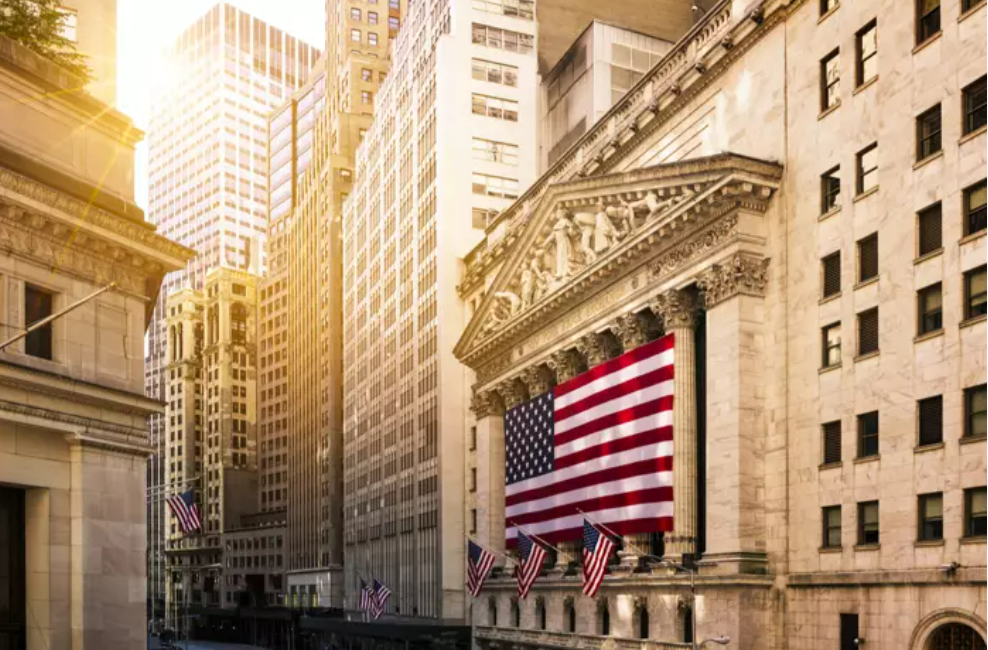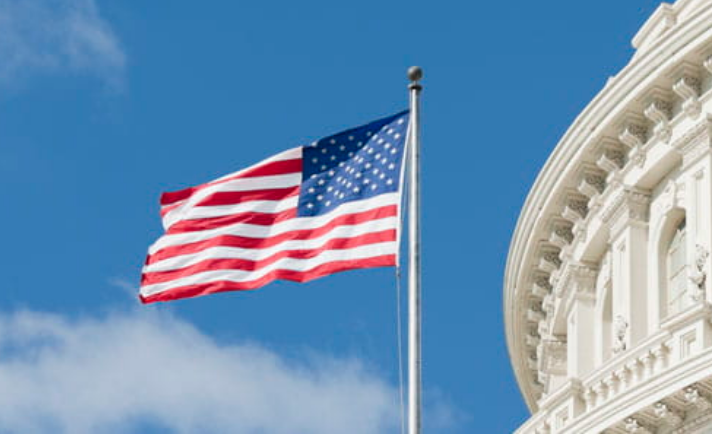
Cory Russell
Aug 26, 2022 16:42
For the American economy, the most recent S&P Global Flash US Composite PMI is not encouraging. According to the figure below, the headline Flash US PMI Composite Output Index decreased from 47.7 in July to 45 in August. It was the second consecutive month that the volume of all business activities declined. The production decreased at its sharpest rate since May 2020. In fact, Siân Jones, Senior Economist at S&P Global Market Intelligence, said that "the reduction in overall production was the greatest witnessed since the series started almost 13 years ago," excluding the pandemic period.
Additionally, it was widespread, with both manufacturers and service providers reporting decreased activity, however, intriguingly, service sector businesses saw a faster rate of drop. While the Flash US Manufacturing Output Index decreased from 49.5 to 49.3, the S&P Global Flash US Services Business Activity Index decreased from 47.3 to 44.1 in August.
Although the Flash US Manufacturing PMI fell from 52.2 in July to 51.3 in August, overall manufacturing activity remained in an expansionary range. The index, however, dropped to its lowest point in little over two years. It doesn't seem to be the finest economy in recent history when combined with two quarters of negative GDP growth.
What's going on with the American economy, then? Why is production decreasing? Who would have imagined that inflation and the Fed's tightening cycle are to blame? Increases in interest rates and rising prices have only served to diminish American consumers' actual disposable earnings. Producers weren't helped by supply problems including material shortages and delivery delays.
Oh, and speaking of growing prices, even if the pace of producer price inflation moderated, corporate expenditures were still driven up by rising salaries, transportation surcharges, and supplier costs. The negative effects of increasing mortgage rates are also evident in the fact that new house sales fell 12.6% to 511,000 units in July, despite the fact that this is a separate data.
This is consistent with what I said earlier: a recession (or a significant economic slowdown) is essentially unavoidable since either the Fed's tightening of monetary policy or inflation on its own will cause a fall in economic activity. As you can see, there is no true binary choice between inflation and recession. The real option is between a recession with high inflation and a recession with controlled moderate inflation. It has always been clear that excessive inflation would have a negative impact on the economy since it skews the economic system. This is precisely what we are seeing at this moment.
Regarding the future, I have bad news. Why? Even after it has peaked, inflation will continue to be high for at least a few months. Similar to this, the Fed will continue to be hawkish for a while even if it will lower the rate at which it raises the federal funds rate (at least until there is a big increase in the unemployment rate or a really serious economic crisis or strong recession). Therefore, the pressure on people's disposable incomes will persist, slowing the rate of economic development even further. The composite survey's new orders index decreased from 50.8 in July to 48.8 in August, marking the greatest dip in new orders in more than two years.

Aug 25, 2022 15:20

Aug 29, 2022 15:17